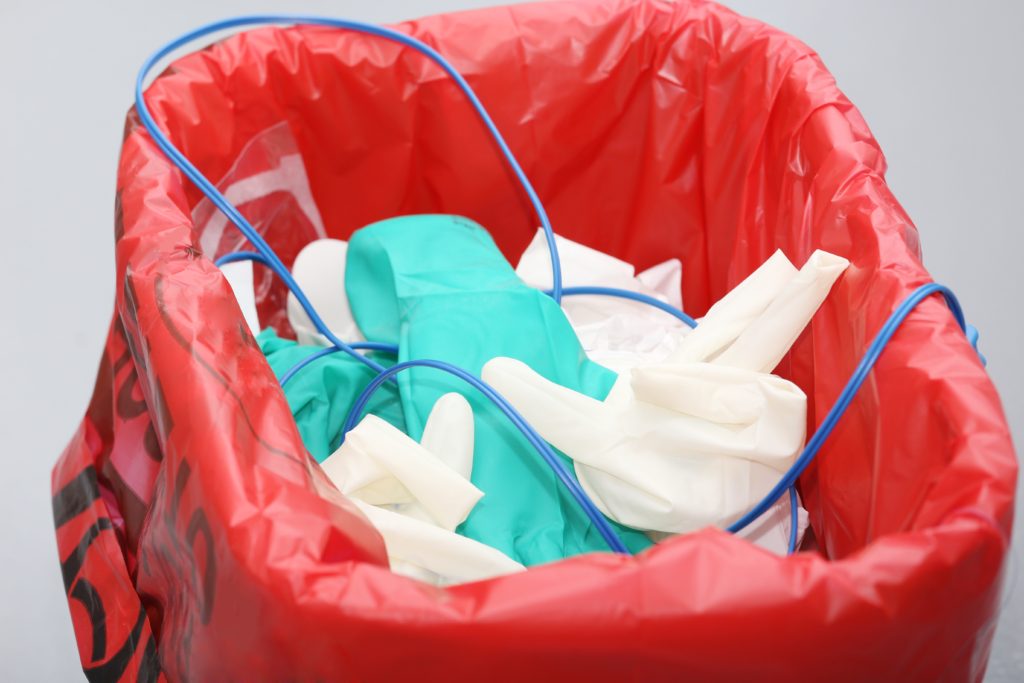Surgical Preference Cards

There are stark and ever-apparent inefficiencies in the operating room which are evident to anyone who has worked in that environment. These inefficiencies manifest to the detriment of the hospital’s major revenue center, the O.R. Inefficient use of operating room resources promote waste, decrease safety, and adversely impact
Researchers at the Hospital for Joint Diseases evaluated OR workflow and implemented seven changes including updating surgical preference cards and creating anesthesia preference cards. By doing so, case time decreased by 11% for hip replacement, 14% for total knee replacement, and 15% for ACL reconstruction with a meniscal repair.
Likewise, an additional study into inefficiencies related to operating room equipment setup yielded the identification of major cost savings to a hospital. By reducing the number of unneeded instruments in neurosurgical cases, setup time decreased by 37%. Mean case time was also remarkably reduced by 8 minutes for minimally invasive approaches and 7 minutes for an open surgical approach providing even more savings to the hospital.
Procedures that are longer than usual, impact quality and safety. Research has shown that if the operative time for a knee replacement (incision to closure) surpasses 90 minutes, outcomes will deteriorate. Postoperative risks (i.e. mortality, infections, length of hospital stay) increase with extended time in the operating room.
Inefficiencies in the operating room are a costly burden to every hospital. Minimizing inefficiencies decrease case time and delays. OR Link establishes a reimagined workflow through the use of a multi-level, permission-based, secure digital preference card system extracting these inefficiencies and decreasing case time, building revenue by saving money.
By: Jason Harris, MD, CEO
Footnotes
- Macario, “What Does One Minute of Operating Room Time Cost?”
- Shippert, “A Study of Time-Dependent Operating Room Fees and How to Save $100 000 by Using Time-Saving Products.”
- Van Winkle et al., “Operating Room Delays.”
- Cima et al., “Use of Lean and Six Sigma Methodology to Improve Operating Room Efficiency in a High-Volume Tertiary-Care Academic Medical Center.”
- Wong et al., “Delays in the Operating Room.”
- Procter et al., “General Surgical Operative Duration Is Associated with Increased Risk-Adjusted Infectious Complication Rates and Length of Hospital Stay.”
- Bosco, Peters, and Torrance, “THE ELEPHANT IN THE OR.”
- Cowie and Corcoran, “Postanesthesia Care Unit Discharge Delay for Nonclinical Reasons.”
- Young et al., “Does Speed Matter?”
- Daley et al., “How Slow Is Too Slow?”
